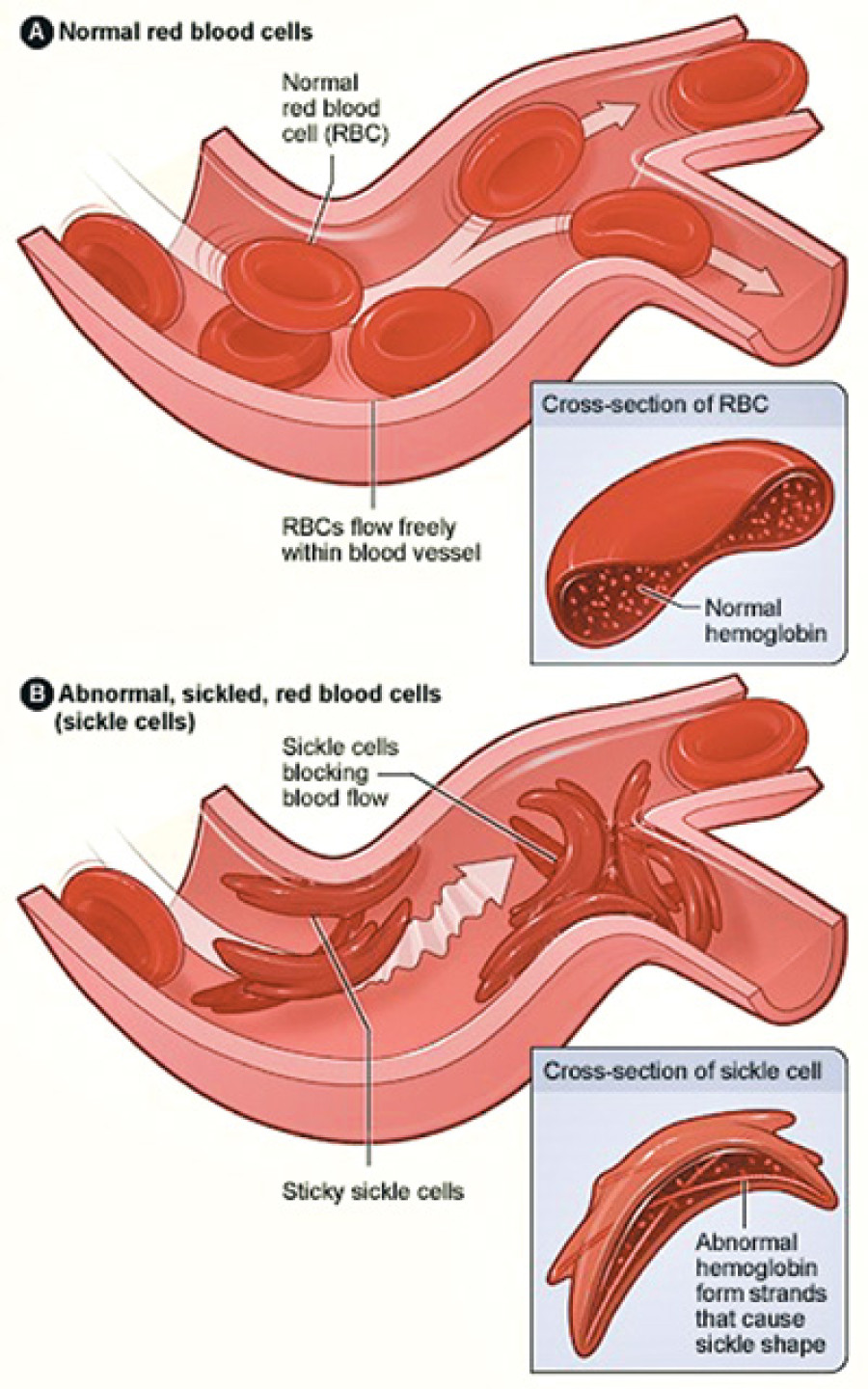Miscellaneous
Sickle cell anaemia a major threat in Tharu community
Sickle cell anaemia, a hereditary disease in which the patient’s red blood cells become stiff and abnormal sickle- or crescent-shaped, has been a major health threat for the Tharus living in the western Tarai districts.
Ganesh Chaudhary & Thakur Singh Tharu
Sickle cell anaemia, a hereditary disease in which the patient’s red blood cells become stiff and abnormal sickle- or crescent-shaped, has been a major health threat for the Tharus living in the western Tarai districts.
Raising alarm over the growing number of cases, stakeholders in Banke want laboratory tests for the Tharu people and treatment for those diagnosed with the disease. Health experts have called for tests for sickle cell anaemia before marriage as the children born to parents suffering from the disease are prone to infection.
According to Dr Rajan Pandey of the Bheri Zonal Hospital, 75 percent children born to the parents who are both suffering from sickle cell anaemia will likely be infected with the disease. The chance of infection is about 25 percent among the children if one of their parents has the disease.
A recent report of the truffle research lab of the Tribhuvan University and the National Health Research Council warns of serious consequences if the state does not take immediate steps to control sickle cell anaemia in the country.
The report said 18 percent unmarried Tharu women were found heterozygous (having dissimilar pairs of genes for any hereditary characteristic) for sickle cell strait during the DNA test.
The research estimated that more than 300,000 Tharus suffer from sickle cell anaemia in the country. According to the 2011 census, the population of the Tharus is about 1,730,000.
Sickle cell anaemia is a life-threatening hereditary disease as the patient’s red blood cells turn into stiff and abnormal sickle or crescent shaped cells, blocking blood flow in blood vessels, causing several health complications. Patients suffer from anaemia, joint and muscle aches and pneumonia.
According to the zonal hospital, more than 500 people who visited the health institutions in Nepalgunj for treatment were found suffering from the disease.
Dr Pandey said about 150 patients are in contact with the hospital.
Cases are growing in Kailali district as well. According to the data with the District Public Health Office, 35 people were diagnosed with the disease in the past three months.
“We don’t have the exact number of sickle cell patients, but it is growing,” said DPHO official Kailash Chaudhary.
The government announced to provide Rs100,000 for the treatment of sickle cell disease two years ago. This has benefitted patients as the Bheri Zonal Hospital has started providing treatment embedding the service.




 13.12°C Kathmandu
13.12°C Kathmandu.jpg)











